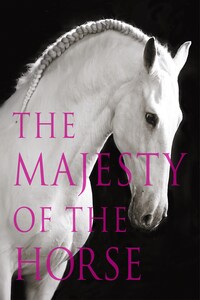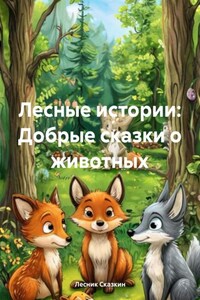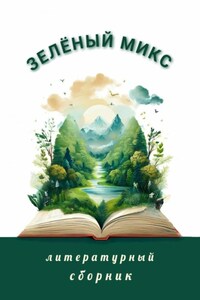FOREWORD
By William Fox-Pitt
The pleasure given to me by horses goes back to my childhood. I was brought up with horses and they have been a huge part of my life ever since. In my small sport of Three-Day Eventing there is no such thing as a typical horse. The variety of the horses that succeed is extraordinary given how specific the sport is. I ride Thoroughbreds, Irish Sports Horses, Belgian and Dutch Warmbloods, Trakehners, Selle Français and Anglo Arabs, most of them usually part bred in one way or another, but it is fundamentally their attitude and athleticism that counts and the good ones are just so generous.
This book is the most fantastic collection, demonstrating what incredible versatility the horse has. His physique, habitat, and duties are so varied and his existence is so entwined with ours—where would we be without the horse?
The compassion of the different breeds is fascinating and I love the expression shown; some wild, some highly trained, some hardy and rough, some relaxed and kind. Astrid and Tamsin have given awareness to several breeds whose existence would be largely unknown, each one being unique in its own way.
We can also see clearly the many ways in which the horse enriches our lives. My favorite is the Kazakh horse. His sense of duty is palpable, his life is tough, and his expression says it all. He clearly knows how vital he is to the livelihood of the Nomadic Kazakh people.
The variety in this fabulous book is sure to engage you whatever the reason you enjoy The Majesty of the Horse.
William Fox-Pitt
Equestrian
INTRODUCTION
The horse is an extraordinary creature, an enigma in an age in which so much has been unraveled. It embodies majesty, beauty, and spirituality, and though shaped by humans for thousands of years, it has retained an intrinsic wildness that remains untouched by domestication. The horse’s spirit, remote and beyond human comprehension, is both magical and humbling.
Horses roamed the earth long before humans did and have witnessed their end countless times on battlefields across the centuries. Of all animals, the horse has had the most profound influence on human history and development, and one that cannot be underestimated. Their influence on human cultures and their key role in wars, transportation, and agriculture lasted long into the twentieth century. Today, they no longer power societies but instead fuel our dreams through pleasure riding and equestrian sports.
Horses have performed at every level of society. They have worked the fields in step with farmers and have been the gifts of kings. They have been tools of political diplomacy and weapons of martial ferocity. Despite their natural instinct to flee danger, horses have fearlessly carried warriors into battle for centuries. Kingdoms have been won, and lost, from the back of a horse. The allure of their beauty, agility, and athletic prowess has made them status symbols and vehicles of power. Monarchs and leaders have aligned themselves with this noble animal, committing their painted and sculpted images to the annals of history as reminders of their own omnipotence.
The horse is man’s great sporting ally as no other animal is. Horses have raced with pounding hearts, leaped obstacles with courage, covered interminable miles with tenacity, and performed dancing steps with grace. They have fought, galloped, endured, and given their all. The horse has become an extension of the human ego, perhaps the greatest testament to the power of this extraordinary animal over the fragility of man’s desires. It is teacher and student, bending to human will, but imparting the greatest lessons in understanding and respect to those who listen.
The Majesty of the Horse follows the changing journey of horses and humans, tracing their spread and development around the world and examining in detail some of the most important and influential breeds. It is a tribute to the magnificence of horses across the globe.








